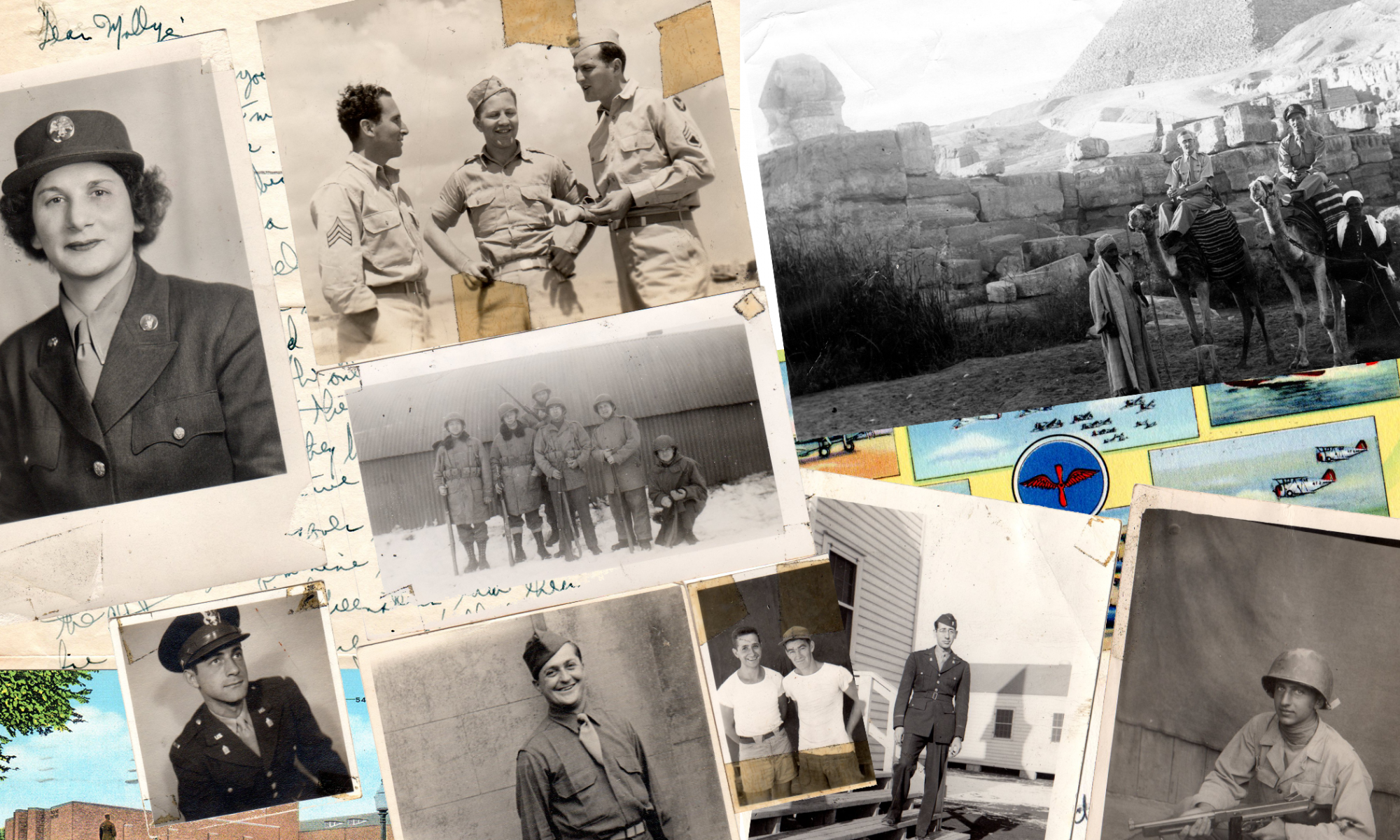Twenty years ago, the Jewish Historical Society of Delaware celebrated the opening of “From Al’s to Zutz,” an exhibit at the Delaware History Museum recognizing the memorable role of Jewish merchants and businesses in Delaware. We will be recalling those memories with photographs and other memorabilia on our website and on our Facebook page, facebook.com/JHSDel.
Join in and share your memories and photos.
From Al’s To Zutz –
PRESERVING DELAWARE’S JEWISH BUSINESS HERITAGE
By LYNN EDELMAN
Editor
Take a stroll down memory lane to a time when Wilmingtonians schlepped their children to Wilmington Dry Goods for back to school supplies, haggled over the price of groceries at Sam’s Market and noshed with friends at Blatman’s Kosher Sanitary Bakery. Now through November 6th, you can celebrate Delaware’s rich Jewish business tradition through a unique exhibit at the Delaware History Museum in downtown Wilmington.
“From Al’s to Zutz” is a proud partnership of the Jewish Historical Society of Delaware and the Historical Society of Delaware. This treasure trove of photos, signs, newspaper advertisements, menus and other memorabilia took nearly five years to put together. Judging from the tremendous turnout at opening night festivities, it was well worth the wait.
“More than 400 people packed the gallery space so tightly that you could barely move,” said Marvin Balick, President of the Jewish Historical Society. Balick, a Brooklyn, New York native who was ‘raised here from the time I was a little boy,” said that the exhibit sparked fond memories of the time spent with his father and six brothers. “In preparation for the exhibit, we collected old Yellow Pages listings from the Wilmington telephone directory,” said Balick, who waxed nostalgic over an ad for Turkish and Steam baths operated by Leib Katz. “I can remember packing a lunch and spending the entire day at the schvitz,” he recalled.
Memories like these mark our very existence,” Dr. Barbara Benson, Director of the Historical Society of Delaware, who finds some parallels between the way that Jewish and Quaker settlers did business in Delaware. “Both peoples established small companies here rather than the large factories that were founded by other ethnic groups,” Benson explained. Many of these businesses began with merchandise peddled from carts directly to customers then eventually expanded to become storefronts.
Benson said that jobs at Wilmington institutions like “The Dry Goods” provided more than just an income to the emigres who served as employees. “For many, it was their first experience with the American culture,” she stated, adding that “a number of newcomers learned the English language while they assisted customers.”
Unlike larger East Coast cities Delaware Jewish merchants have always marketed their goods to the broader community. Also, because of its small size, Delaware’s Jewish community never established a “ghetto”, Benson maintained, explaining that “the addresses of these companies marked an economic entry point-many began in lower Wilmington and migrated to the suburban areas along with their customers.”
Although extensive, the exhibit “just scratches the surface of Jewish business in Delaware,” said Julian Preisler JHS Executive Director. Preisler emphasizes that the collection is not “a definitive history of Jewish business in Delaware but rather “a work in progress.” He plans to continue to expand the Jewish archives – which are housed rent-free in the basement of the Delaware Historical Society – and to develop a comprehensive data-base so that people who do not have physical remnants of their connections to Delaware’s Jewish business tradition can document their memories.”
Throughout the run of the exhibit, community members will have an opportunity to share their stories and compile an oral history of Jewish businesses in Wilmington, Newark, Dover and other communities throughout the State.
Why? “These stories are gone, and many of their former customers are gone as well,” said Benson, emphasizing that “We must preserve our past to pass on the future generations.”
“From Al’s to Zutz” is funded through grants from the Delaware Humanities Forum and the Jewish Fund for the Future, the endowment arm of the Jewish Federation of Delaware and through the generosity of numerous community businesses and individuals.
Admission is $4, but is free to members of the Jewish Historical Society. For additional information about the exhibit or to become a member, please call Julian Preisler at 655-6232.




 Please Join Us For
Please Join Us For

 Join us for these book signing events
Join us for these book signing events
